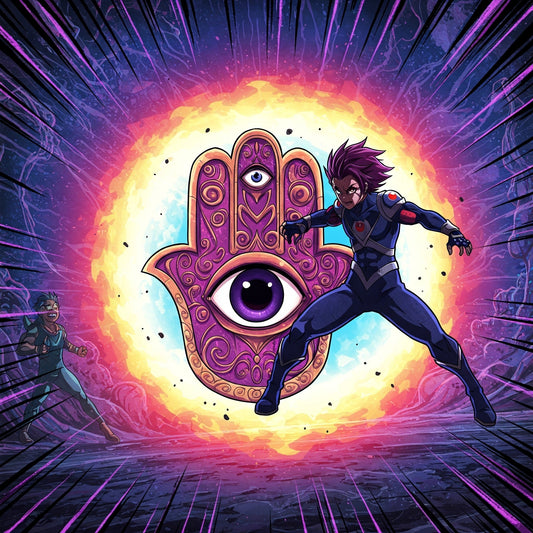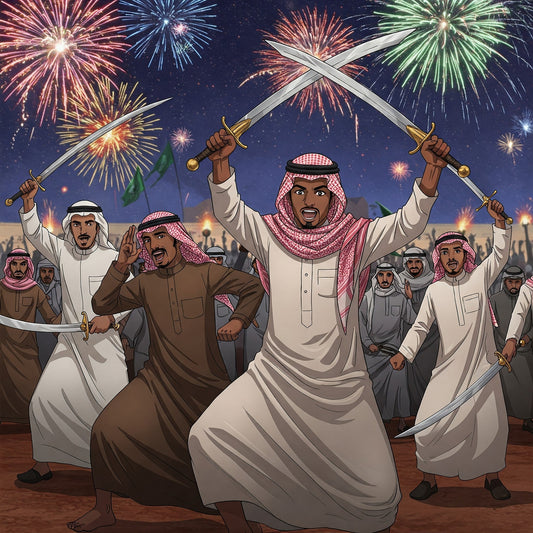Hip hop, a vibrant and influential cultural movement, emerged from the streets of the South Bronx in New York City during the 1970s. More than just a musical genre, hip hop encompasses various elements, including rapping (MCing), DJing, breakdancing, and graffiti art. Its origins are rooted in the experiences of marginalized communities, particularly African American and Latino youth, who sought creative outlets to express their frustrations, dreams, and aspirations.
The Genesis of a Movement
The South Bronx in the 1970s was a community facing economic hardship, social unrest, and urban decay. Amidst these challenges, young people sought ways to channel their energy and creativity. Block parties became a popular form of social gathering, where DJs would play music, MCs would entertain the crowd, and breakdancers would showcase their skills.
DJ Kool Herc and the Breakbeat
One of the pivotal figures in the birth of hip hop was DJ Kool Herc, a Jamaican-born DJ who introduced the concept of the "breakbeat" to the Bronx. By using two turntables and extending the instrumental breaks of funk and soul records, Herc created a continuous flow of rhythm that allowed dancers to express themselves more freely. This innovation laid the foundation for the development of rapping and breakdancing.
The Emergence of MCing
MCing, or rapping, evolved from the spoken-word performances of DJs and MCs who would hype up the crowd at parties. These early MCs would use rhymes, wordplay, and call-and-response techniques to engage the audience and create a lively atmosphere. Over time, MCing developed into a more complex art form, with rappers crafting intricate rhymes and delivering them with rhythmic precision.
Breakdancing and Graffiti Art
Breakdancing, a dynamic and acrobatic dance style, emerged alongside DJing and MCing. B-boys and b-girls would use the breakbeats as a canvas for their improvisational dance moves, incorporating elements of gymnastics, martial arts, and street dance. Graffiti art, another integral element of hip hop, transformed the urban landscape into a vibrant canvas for self-expression. Graffiti artists used spray paint to create colorful murals and tags, often incorporating social and political messages.
Hip Hop's Expansion and Evolution
From its humble beginnings in the Bronx, hip hop quickly spread to other cities and countries, evolving and diversifying along the way. New styles of rapping, DJing, breakdancing, and graffiti art emerged, reflecting the unique experiences and perspectives of different communities. Hip hop became a global phenomenon, influencing music, fashion, art, and popular culture.
The Social and Cultural Impact of Hip Hop
Hip hop has had a profound impact on society and culture. It has given a voice to marginalized communities, challenged social norms, and sparked conversations about race, class, and identity. Hip hop has also been a powerful force for social change, inspiring activism and promoting awareness of important issues.
Conclusion
Hip hop's journey from the streets of the Bronx to a global phenomenon is a testament to its enduring power and influence. Born out of adversity and fueled by creativity, hip hop has transformed the cultural landscape, giving a voice to the voiceless and inspiring generations to express themselves through music, dance, art, and words. As hip hop continues to evolve and innovate, it remains a vital force in shaping contemporary culture and inspiring social change.






